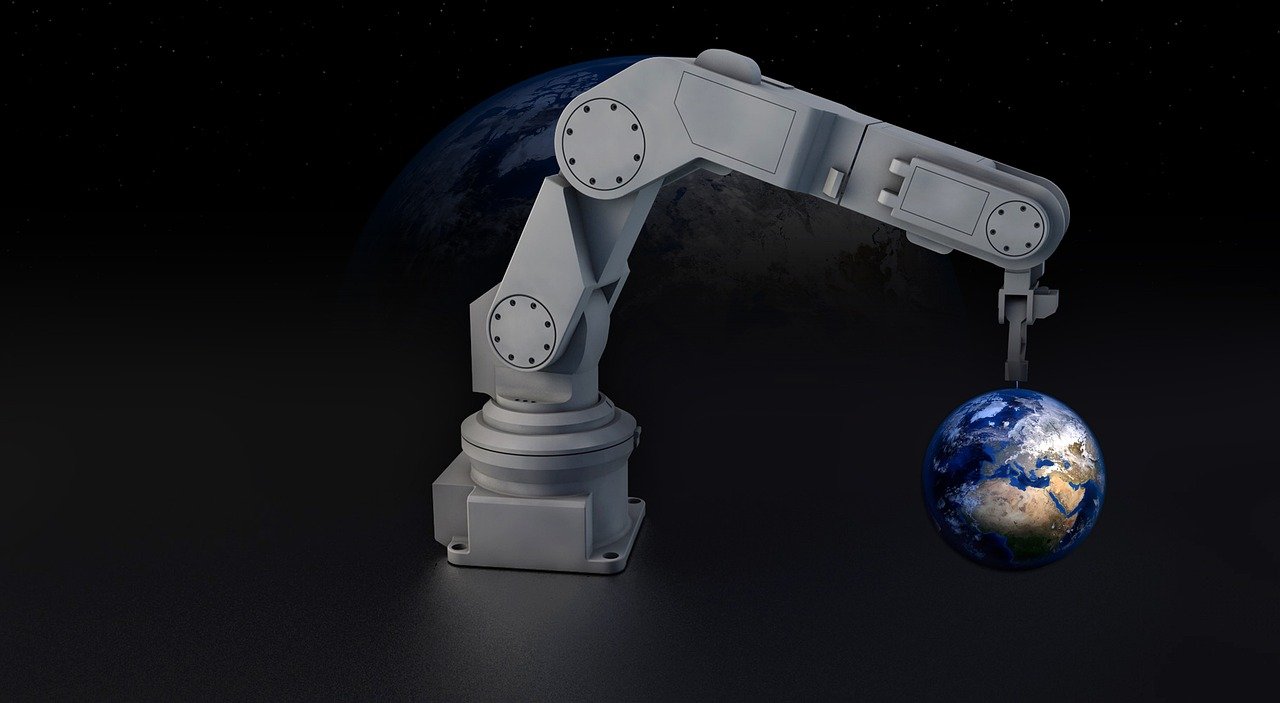Collaborative robot technology has been on the market for many years now. However, even though they have proved to be quite valuable, especially in manufacturing plants, there is a need to make sure cobots operate safely alongside humans.
Luckily, a collaborative robot is quite aware of its environments thanks to sensors that help them detect humans and other foreign objects. Power and force cobots also have sensors that will stop movement when they come into contact with another object.
The force and speed settings can be adjusted to make these robots work slower when near humans and faster when they are around other machines. They can easily be programmed by demonstration using the same force senses used in their motors. This allows you to teach the robots the moves you want to make.
Collaborative robots have proven to be safe, easy to use, and convenient. However, to emphasize their safety, there is a need to make sure a risk assessment is performed occasionally. A risk assessment will help illuminate any problems that you could encounter with the robot.
You will also be able to differentiate between a safe and dangerous process. It is also essential to assess the robotic application to ensure your workers are working in a safe, secure environment.
Importance of risk assessment in collaborative robots
As an owner of a manufacturing plant or industry that uses robots, your primary responsibility should be to ensure your workers’ safety. Risk assessment for machinery installed on factory floors is a requirement in some areas’ local laws and regulations.
Large corporations also have internal safety guidelines. Hence, dealing with cobots requires you to comply with standard ISO standards to ensure your workers’ safety.
The type of standard you choose will determine the risk assessment to use. To ensure the safety of robotic cells, you should perform tests and adjust the cell in accordance with the standard points. It is crucial to document the cell’s performance in accordance with the standard to reduce liability in case of an accident.
In risk assessment, you have to analyze all the interactions, motions, and operations the collaborative robot performs on everyday operations and even installing and decommissioning. You can divide one complete process into separated tasks, then evaluate every task and rate its risk level.
You can classify the risks depending on what you consider dangerous. It would be best if you also reevaluated how you can reduce the risk within the operating limits. All motions are considered risks. Even the simple motion of closing the gripper is a risk, and you should know what risk type is associated with this action.
For proper assessment, you should consider aspects like the possibility of avoiding the risk, the severity of the risk, and the redundancy of the risk. You can evaluate the likelihood of avoidance in line with the cobot or its working environment.
Risk redundancy can be evaluated as per the number of times the risk occurs with a fixed period. Check if the risk happens every three minutes during the application or once a month. Less frequency means a lower number of risks.
From the collaborative robot’s safety settings, you can also determine its maximum force. You can also test the cobot’s force using a force gauge if this information is not available. Cobots marketed as safe are indeed aware of their working environment and will automatically stop if they hit a foreign object. However, better to be safe than sorry and evaluate the application in its entirety.
Even when you buy a safe robot, you need to analyze it to ensure it is safe before putting it in the operating environment, especially if it’s a human-robot environment.
In Conclusion
The safety of employees working with cobots is critical. You need to ensure the environment is safe and that you are complying with the ISO standards of operating machinery.



 Bitcoin
Bitcoin  Ethereum
Ethereum  Tether
Tether  XRP
XRP  Solana
Solana  USDC
USDC  TRON
TRON  Lido Staked Ether
Lido Staked Ether  Cardano
Cardano  Avalanche
Avalanche  Toncoin
Toncoin